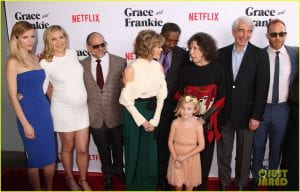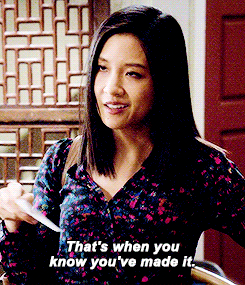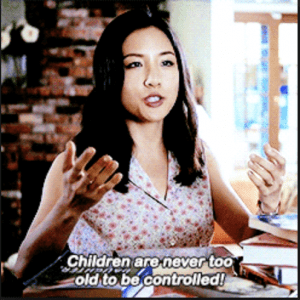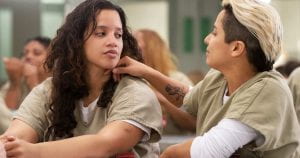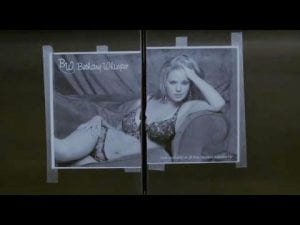Episode 7 of Season One of Fresh Off the Boat is called “Showdown at the Golden Saddle” and is about Eddie trying to get the neighbor, Nicole’s, attention. Compared to the previous episodes in season one, this one gives much more agency to Nicole. Nicole is no longer just a character that reacts to Eddie’s remarks but now also interacts with him. Though Nicole is a more developed character in this episode she is still portrayed as a prize, mostly due to her appealing physical appearance. This is reasonable as the whole show is supposed to be from the perspective of Eddie who is still a young boy.
The show still does a good job of incorporating other active female characters such as Jessica and her best friend Honey. Jessica is the alpha of the family who always makes significant decisions that impact many of the other characters. As Eddie said in this episode, “The tough guy in my family had always been my mom” referring to Jessica. Not only is she a prominent female character, Jessica also facilitates the representation of Asian Americans. Even though the whole show revolves around race representation, Jessica is a prominent character that holds up certain stereotypes while dismantling others.
Even though the show does a really good job of representing the male and female genders, it does not have much gender spread beyond that. There have been zero characters so far that identify with a gender other than these two. However, it is still early in season one so there is a possibility that such characters will be represented later on.
These iconic nicknames show how Jessica is represented as an equal with Louis.


